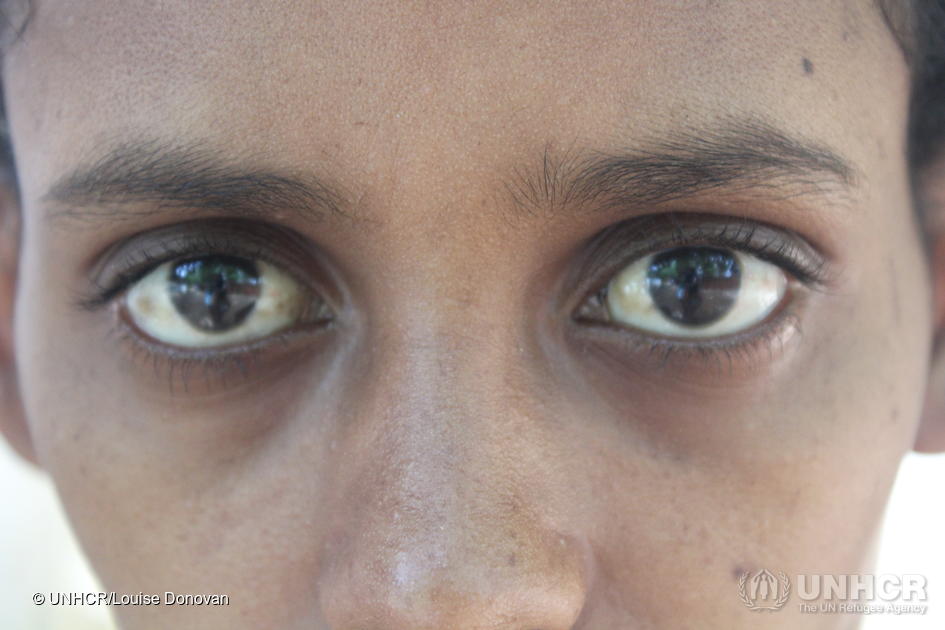A RefugePoint Child Protection Expert’s Thoughts from the Emergency Evacuation Transit Mechanism (ETM) in Niamey, Niger.
“What if it were your nephew?” As a proud auntie, this is the question I ask myself when writing child protection assessments for refugee children evacuated from Libya to Niger. The children, mainly teenagers from Eritrea, Somalia and Ethiopia, have faced unimaginable horrors – being held captive and repeatedly sold and kidnapped by smugglers in the Sahara as they attempt to reach the Mediterranean.
Forcing the children’s families to pay ransoms, the smugglers use starvation, beating, burning and sexual violence as forms of torture. They often place family members on the phone while torturing the children, in an attempt to speed up ransom payments. Once the ransom is paid, the children typically fall into the hands of another smuggler, and the process repeats itself for months or years until they reach the Mediterranean, where they attempt to cross to Europe in an overcrowded rubber boat.
Many of the children I have interviewed have described boats breaking apart, and how, sinking into the water, they believed they were taking their last breaths, before being picked up by the Libyan coastguard and brought back to detention centers in Libya. From here, the children who are lucky enough to be identified by UNHCR are evacuated on flights to Niamey, Niger. When they arrive, they are overjoyed to be out of Libya. With this safety, however, they begin to reflect on what has happened. They begin to recognize the traumatic nature of the past few years and this reality continues to affect them. Many endure vivid nightmares of being tortured by the smugglers. These are children who, in the most sensitive years of their adolescence, have grown up in captivity and have been treated as a commodity, having been tortured for financial gain.
Despite the magnitude of the horror that they have seen, the children resist allowing what has happened to them to define them in the most powerful of ways: they are compassionate, understanding, creative, life-loving, caring, hilarious, and intelligent.
One of the best parts of my job as a Child Protection Expert is visiting the houses where the kids are living, and observing these strengths in action. One boy made his own krar, an Eritrean lyre, out of wood, bicycle wire and screws, and performs for the other boys; another is a singer who writes his own songs; others make beautiful handmade crucifixes out of scraps of wood.
Another boy is a priest’s assistant and provides pastoral support to his peers; some of them are athletes and have made their own gym equipment out of recycled materials; some are chess whizzes; some are painters; some are soccer players; some are dancers; some are actors. In one house, a kitten named Winta, the Tigrinya word for wish, is being collectively raised by 85 boys.
I’m certain that wherever these incredible children may be resettled, they will flourish. However, after surviving the very worst that humanity has to offer, they deserve to have the chance to get back the love, care, familiarity and solidarity that sometimes only one’s family can provide.
Learn more about what RefugePoint Child Protection Experts do.
